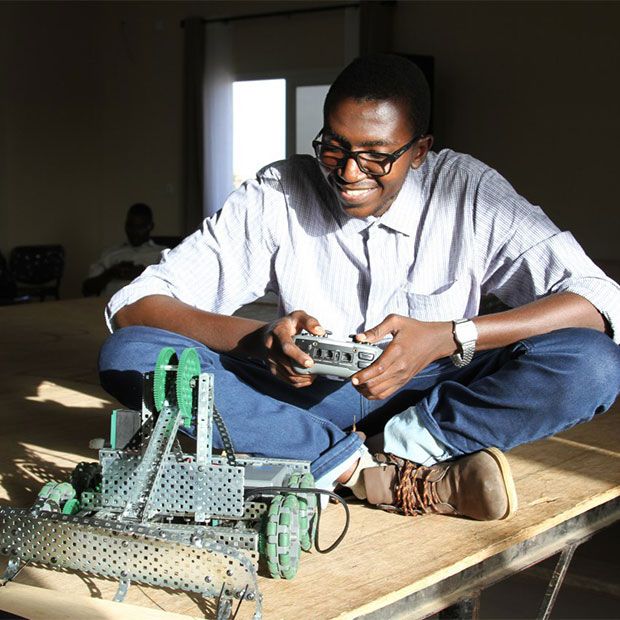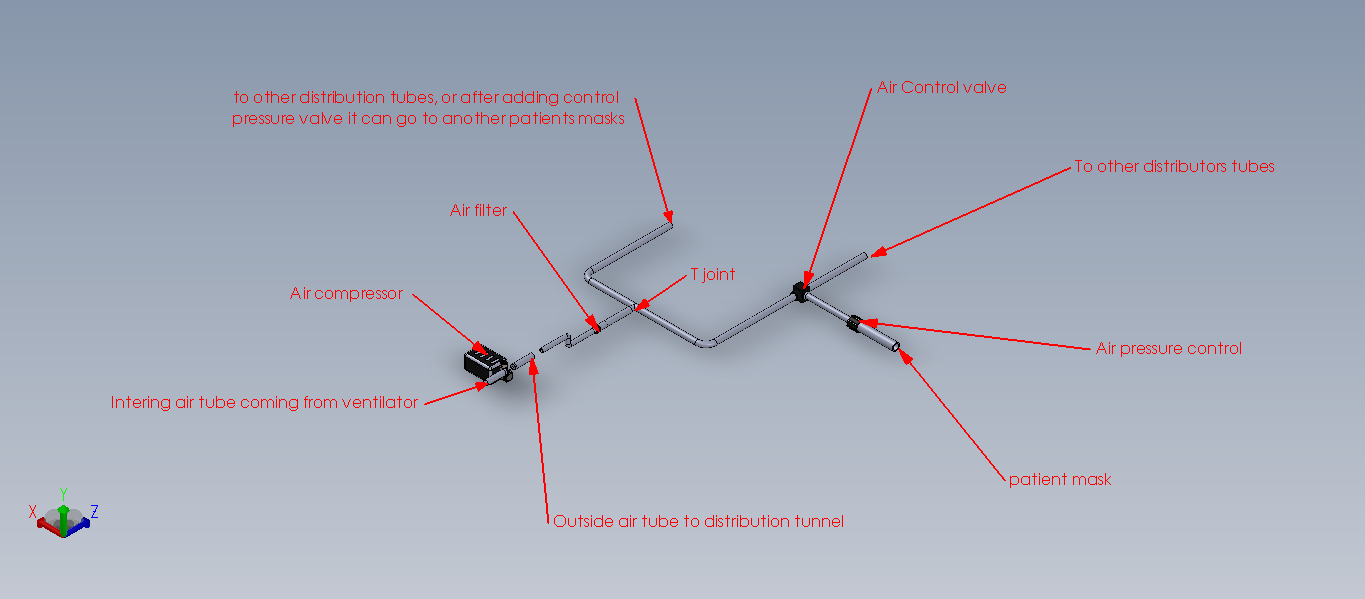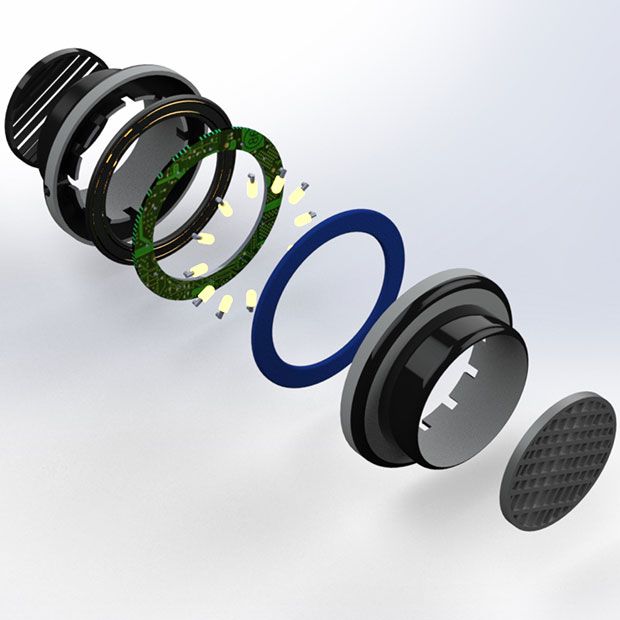This 3D Printed Ventilator Could Support Up to 20 COVID-19 Patients at One Time

THE INSTITUTE IEEE Member Mohamed Ishag and his friend Mohamed Saqeeb are developing a ventilator that can support up to 20 patients at once.
In severe cases of COVID-19, the virus causes respiratory distress, making it difficult for patients to breathe. To alleviate this, a ventilator is used to push oxygen into the lungs.
 Mohamed Ishag
Mohamed Ishag Ishag received a master's degree in electrical and electronic engineering from Omdurman Islamic University in the Republic of Sudan. Saqeeb earned a master's degree in business, also from the university, and handles the business aspects of the project.
The Institute asked Ishag about the ventilator.
This interview has been edited and condensed for clarity.
What problem are you trying to solve?
 Image: Mohamed Ishag Oxygen is pulled from the supply line and passes through a valve, which distributes the air to the patients through five output gates. Each gate leads to a respiratory mask.
Image: Mohamed Ishag Oxygen is pulled from the supply line and passes through a valve, which distributes the air to the patients through five output gates. Each gate leads to a respiratory mask. Hospitals around the world are facing a shortage of ventilators in the fight against the COVID-19 pandemic. We developed a ventilator that can support up to 20 patients at one time, which will help hospitals treat more patients with severe respiratory distress.
What technologies are you using?
We are using a 3D printer to create the body and valves for the ventilator. The device is made up of an oxygen supply line, multiple valves, an air compressor, and a UV light that sterilizes the air.
Explain how the ventilator works.
 Image: Mohamed Ishag A demonstration of the UV light fixture that is fitted to the air distribution valves and sterilizes the air before it's delivered to the patients.
Image: Mohamed Ishag A demonstration of the UV light fixture that is fitted to the air distribution valves and sterilizes the air before it's delivered to the patients. The oxygen is pulled from the supply line and passes through a valve, which distributes the air to the patients. The valve is fitted with a UV light that sterilizes the oxygen before it's delivered and an air compressor, which helps equally distribute the oxygen. Patients are fitted with a respiratory mask to receive the oxygen.
The air the patients exhale passes through a separate valve to be either recycled or released into the environment after being sterilized with a UV light.
What challenges have you faced and how did you overcome them?
We had a difficult time finding financial support. However, the innovation platform Ennomotive, which is based in Spain, held a competition in March searching for engineering solutions to problems related to the COVID-19 pandemic. Our technology won, and the organization will help us further develop our ventilator through open-source collaboration. It will also fund the development of the ventilator.
What is the potential impact of the technology?
It can help hospitals treat more COVID-19 patients, because our ventilator can maintain accurate oxygen levels for several patients at one time.
How close are you to the final product?
We are currently developing a prototype to test with the help of Ennomotive.
Attention IEEE Members: Are you part of a team responding to the COVID-19 crisis? We want to hear from you! Wherever you are and whatever you are doing, if you are helping to deal with the outbreak in some way, let us know. Send us accounts of anywhere from 200 to 800 words, or simply give us a rough idea of what you are doing and your contact information. Write to k.pretz@ieee.org
< Back to IEEE COVID-19 Resources